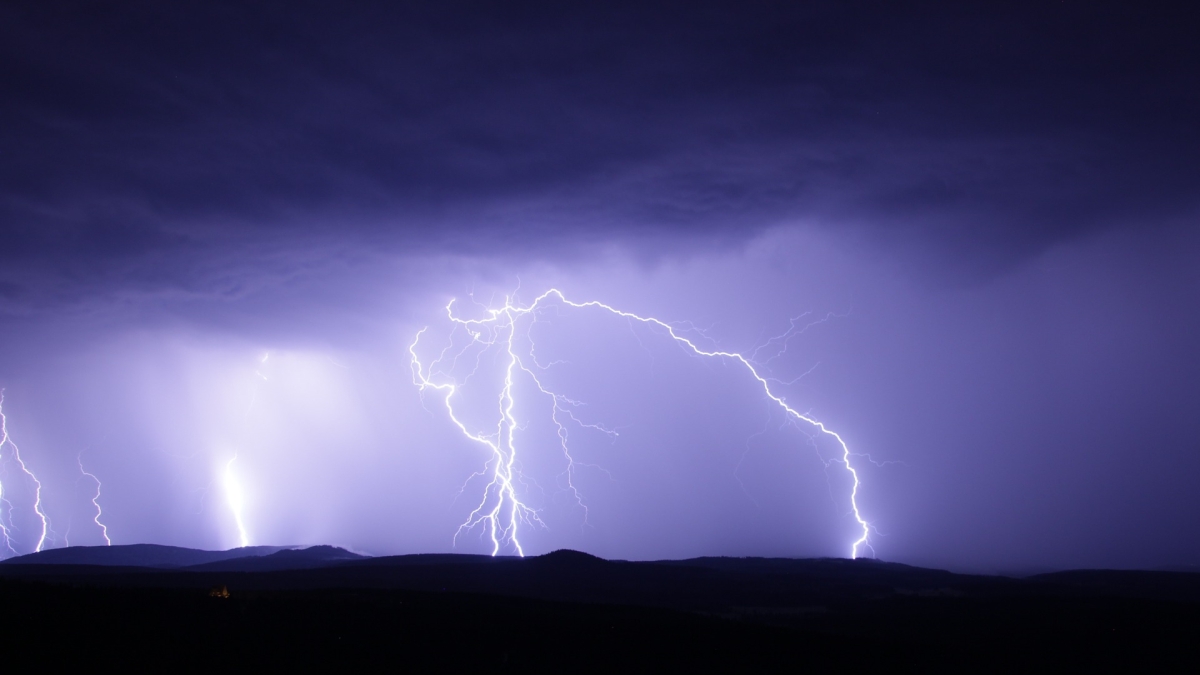Arizona university researchers collaborate to forecast, track flooded infrastructure

Photo courtesy Pixabay
The National Science Foundation has awarded a $1.5 million Smart and Connected Communities grant to a team of researchers at Arizona’s three public universities to develop a network that integrates existing technologies and crowdsourced data to improve real-time knowledge of flooding and enhance communication during flood events.
The Integrated Flood Stage Observation Network (IFSON) will capitalize on a number of communication technologies to bring together citizens and mobilize city planners, first responders and other local stakeholders to assess flood risks and effectively communicate within a shared, collaboratively constructive information space for flood emergencies.
“We plan on developing several novel technologies for real-time flood monitoring, including webcams with image recognition, social media mining, smartphone apps and calibration tools,” said Mikhail Chester, principal investigator for the NSF grant, associate professor in the School of Sustainable Engineering and the Built Environment at Arizona State University, and director of ASU’s Metis Center for Infrastructure and Sustainable Engineering. “The prevalence of smartphones and webcams create new opportunities that haven't existed to provide insights into what's happening in the world around us. We want to put those technologies in the hands of communities to protect themselves against extreme events.”
The network will use raw, open data sourced from inexpensive or free data streams that rely on community input, including social media, traffic cameras and webcams, and share that information with flood forecasters and infrastructure managers. IFSON will be scalable and replicable in any community or city for flood emergencies.
The cross-disciplinary research team includes engineers, hydrologists and computer scientists from ASU, Northern Arizona University, the University of Arizona, Michigan Technological University and the University at Buffalo.
“The future of our nation’s stormwater infrastructure is threatened by a simple irony,” said Ben Ruddell, an associate professor of the School of Informatics, Computing, and Cyber Systems at NAU. “A city’s engineers, first responders, weather professionals and citizens are not connected to enough flood information where we need it the most: in our own backyards.”
The flood hazards created by the concentrated rainfall of Arizona’s annual monsoon season, the state’s extensive transportation infrastructure — some of which is prone to frequent flooding — and the broad network of sustainability and infrastructure researchers make Arizona an ideal place for this research.
The work will include ground help or data from the National Weather Service; the U.S. Geological Survey; the Consortium of Universities for the Advancement of Hydrologic Science, Inc.; and eRams at Colorado State University.
More Science and technology

Hack like you 'meme' it
What do pepperoni pizza, cat memes and an online dojo have in common?It turns out, these are all essential elements of a great…

ASU professor breeds new tomato variety, the 'Desert Dew'
In an era defined by climate volatility and resource scarcity, researchers are developing crops that can survive — and thrive —…

Science meets play: ASU researcher makes developmental science hands-on for families
On a Friday morning at the Edna Vihel Arts Center in Tempe, toddlers dip paint brushes into bright colors, decorating paper…

